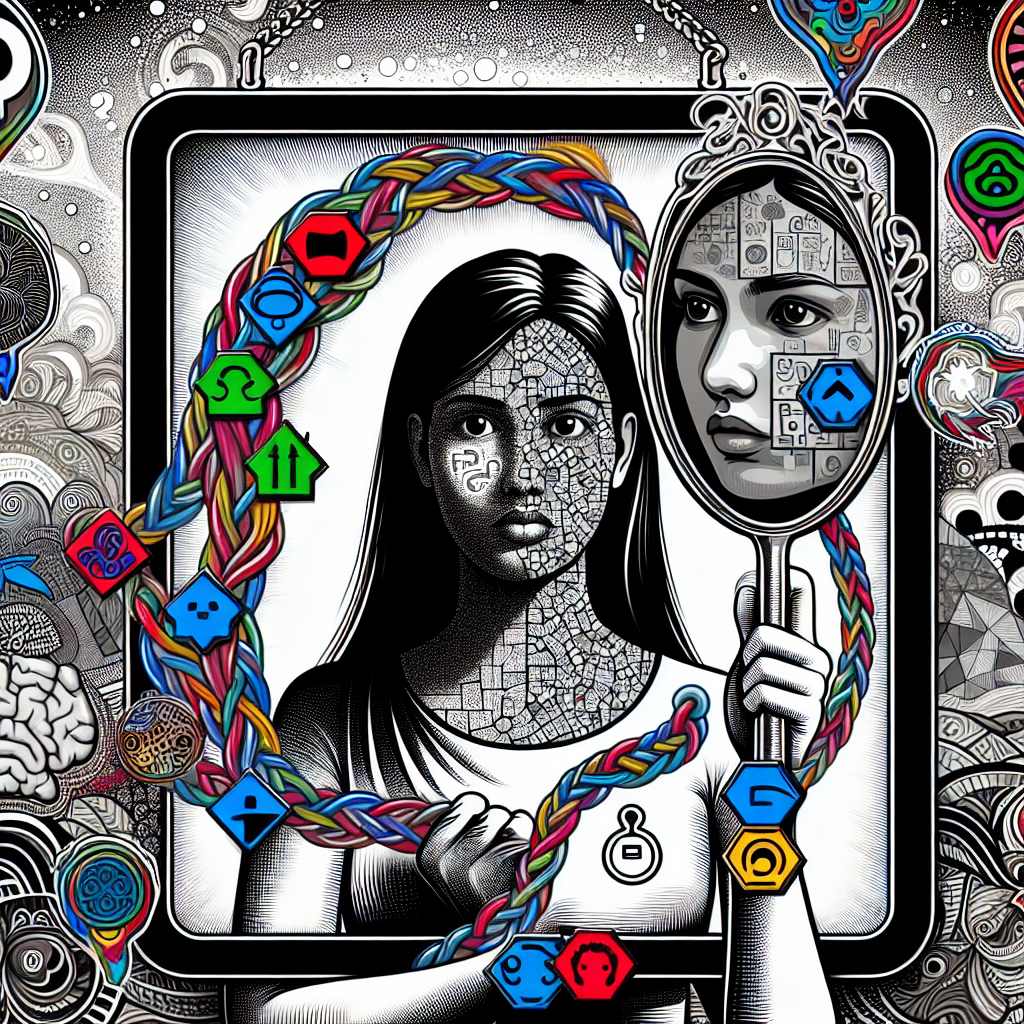Behavioral biases are psychological tendencies that can lead individuals to make irrational decisions, often contrary to their best interests. In a world filled with choices and uncertainties, understanding these biases is crucial for personal and professional growth. Are you your own worst enemy? In this article, we’ll explore various behavioral biases that might be holding you back, their impact on decision-making, and strategies to overcome them.
What Are Behavioral Biases?
Behavioral biases are systematic patterns of deviation from norm or rationality in judgment. They often result from the brain’s attempt to simplify information processing and make quick decisions. Understanding these biases can empower you to make informed choices rather than allowing these biases to dictate your actions.
Common Types of Behavioral Biases
-
Confirmation Bias
- Individuals tend to favor information that confirms their pre-existing beliefs, ignoring or dismissing evidence that contradicts them. This bias can lead to flawed decision-making and perpetuate misinformation.
-
Anchoring Bias
- This occurs when individuals rely heavily on the first piece of information encountered (the "anchor") when making decisions. For instance, if the first price you see for a gadget is $500, you might perceive subsequent prices in relation to that anchor, impacting your buying decisions.
-
Overconfidence Bias
- Overconfidence can lead individuals to take excessive risks because they believe they are more knowledgeable or skilled than they truly are. This bias often affects investors and professionals who underestimate potential downsides.
-
Loss Aversion
- People tend to prefer avoiding losses rather than acquiring equivalent gains. This can lead to missed opportunities as individuals cling to losing investments or fear making bold decisions.
- Sunk Cost Fallacy
- This bias causes individuals to continue investing in a losing proposition due to the resources already committed, rather than evaluating the current situation objectively.
The Impact of Behavioral Biases on Decision-Making
Behavioral biases can significantly impact personal and professional decision-making processes. Whether you’re making financial choices, career decisions, or personal relationships, these biases can lead you to reinforce negative patterns or miss out on opportunities for growth. Understanding these biases can help you identify when they are influencing your decisions and allow for a more rational evaluation of circumstances.
Personal Life Decisions
In personal life, biases can affect everything from relationships to financial planning. For instance, confirmation bias can lead to toxic relationships as individuals seek out partners who validate their beliefs, overlooking potential red flags.
Professional Decisions
In the workplace, biases like overconfidence can lead managers to overlook critical feedback or misjudge project feasibility. Recognizing these biases can foster a more collaborative and rational working environment, where decisions are made based on objective data rather than subjective feelings.
Strategies to Overcome Behavioral Biases
Recognizing that behavioral biases exist is the first step toward overcoming them. Here are some strategies to mitigate their impact on your decision-making:
1. Foster Self-Awareness
Regularly reflect on your decisions and the thought processes behind them. Journaling can help you identify patterns of behavior influenced by biases.
2. Seek Diverse Perspectives
Encourage discussion with others who hold differing viewpoints. This practice can challenge your assumptions and help broaden your understanding of a situation.
3. Use Data-Driven Approaches
When making decisions, rely on comprehensive data analysis rather than gut feelings or initial impressions. Formulating decisions based on data can counteract many biases.
4. Create a Decision-Making Framework
Establish a systematic approach to decision-making that includes evaluating pros and cons, considering long-term consequences, and setting clear criteria for success.
5. Embrace Failure as a Learning Opportunity
Shift your mindset around failure. Accept that mistakes are an essential part of growth and learning, rather than a reflection of your abilities.
Conclusion: Are You Your Own Worst Enemy?
Understanding and acknowledging behavioral biases is crucial for anyone looking to improve their decision-making processes. By recognizing these biases, you can work towards becoming your best ally rather than your own worst enemy. Whether you aim to enhance personal relationships, improve workplace dynamics, or make better financial choices, combating these biases can lead to a more fulfilling and successful life. Take charge of your decision-making journey today, and start rewarding yourself with the power of informed choice.

